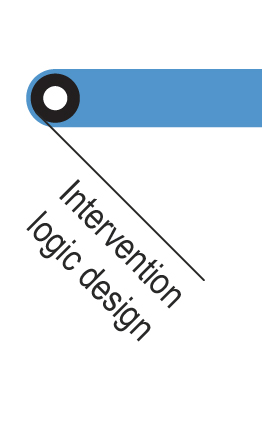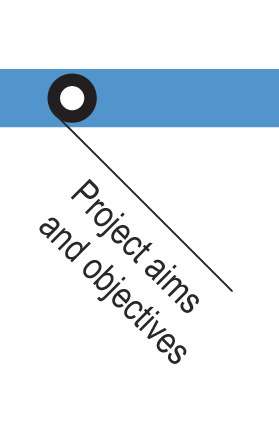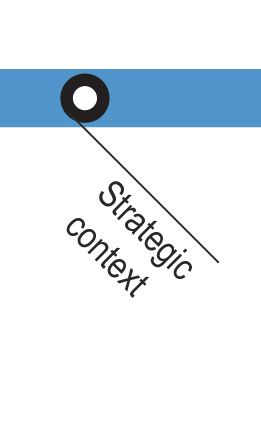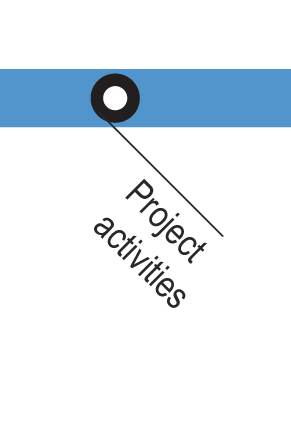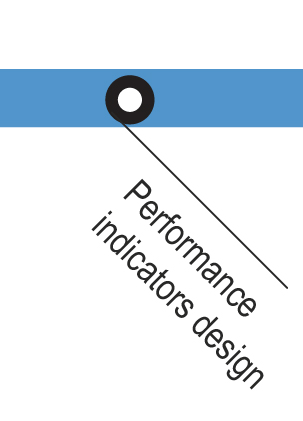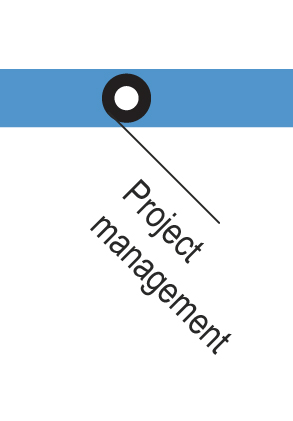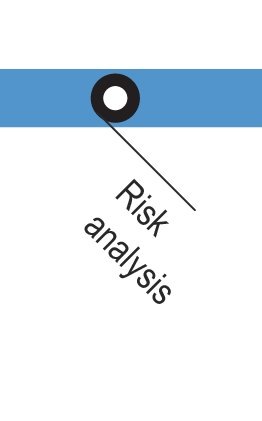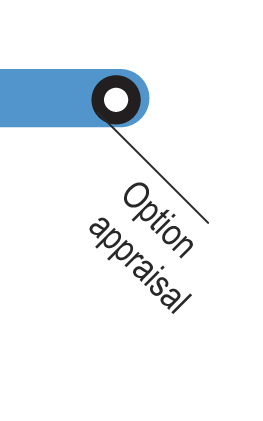
The INTERVENTION LOGIC (or Logic Model) of a project explains and visualises the overall concept of a project and explains how change happens by starting from the identified needs for project action to the anticipated impacts that would reduce the needs.
To design a Logic Model helps you in thinking through your project systematically. This includes identifying the relationships of the project with relevant strategies, inputs, activities, outputs, outcomes and impacts. It provides a justification why your project should be undertaken, what it seeks to achieve and how it will do this and to what effect.
A Logic Model is a crucial building block in project design and provides a framework for further detailed project planning and funding stages.
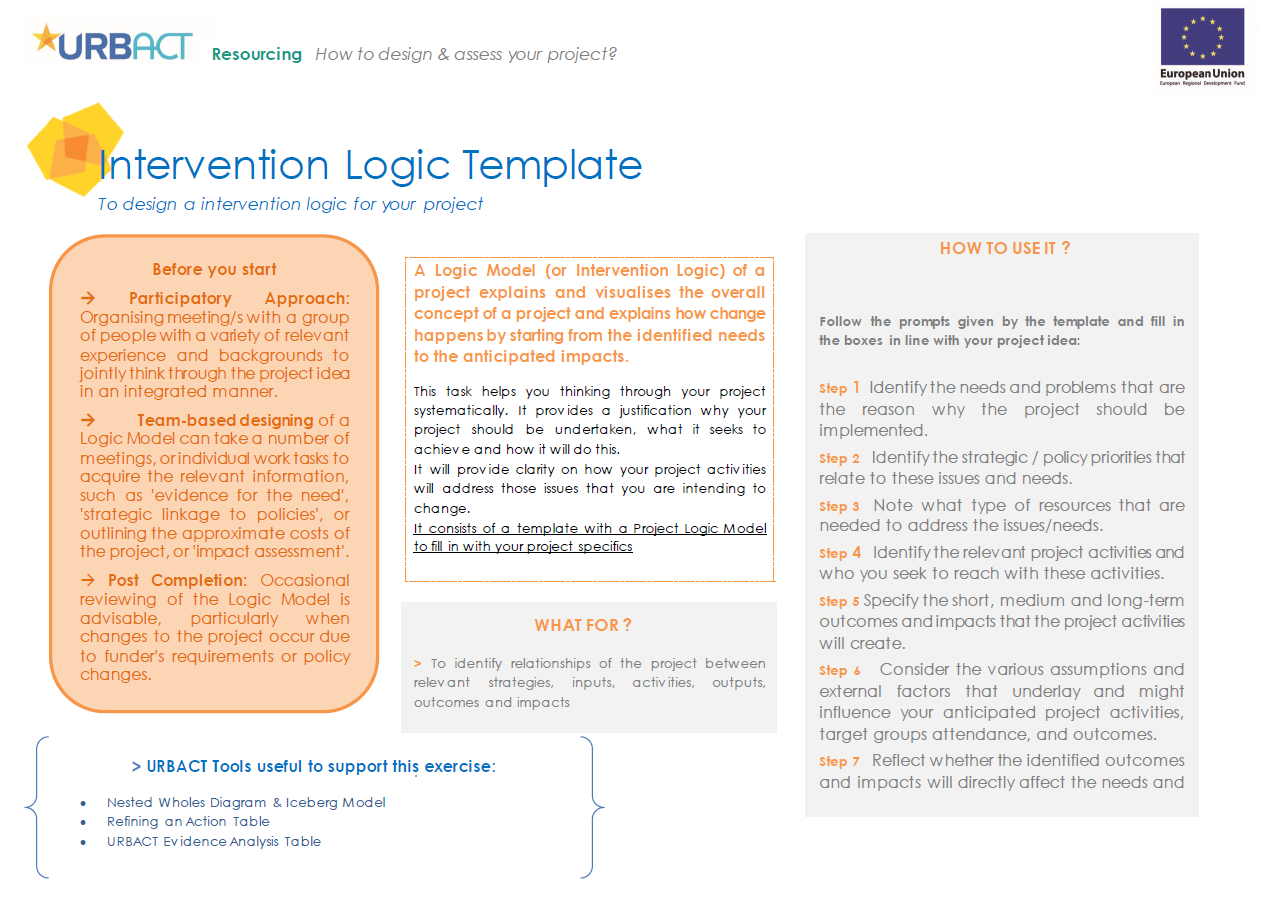
The tool consists of a Logic Model template representing a systematic approach of project planning.
| Who is the tool for? | When should the tool be used? |
| Project Design Team | When you have identified a need for project action and want to define / refine the logic of your project to gain a sense of dimension of the project, its scope and range of activities |
Click on the stations to navigate throught the Project line!
Key challenges of the step
- Depending on the development stage of your project idea, the creation of a Logic Model will take more or less time to complete.
- Although the task of developing a Logic Model benefits substantially by a team approach (i.e. more ideas, more contextual understanding), it might take more time (potentially more than one 2-hour meeting) to complete the Model.
Main risks
- If the team does not include a range of people with different expertise (strategy, local context, experience in project implementation, experience in defining performance indicators, etc.), the risk is that the Logic Model might not be completed effectively and comprehensively which might lead to inconsistencies in project design.
Helpful tips
- There are many terms used for this type of tool, Intervention Logic, Logic Chain, Theory of Change, etc.
- Logic Models are used in different settings, for example for programme design, project planning, and for evaluation purposes.
- Best results are produced when a Logic Model is designed in a team setting. This creates more inputs and perspectives for thinking through the various assumptions, factors and possibilities.
- When you reached the 'Outputs' and 'Impacts' boxes of the Logic Model, ensure to link the impacts back to the 'needs' or 'problems' that have been identified in the first place. The impacts ought to create positive change to the needs and problems that the project seeks to address.
- Ensure that the boxes of the Logic Model will be filled in meaningfully with relevance to the project, not just generic headings. Seek to create a clear logical link between the boxes.
-
m3_1_intervention_logic_design.pdf(PDF, 497Ko)

